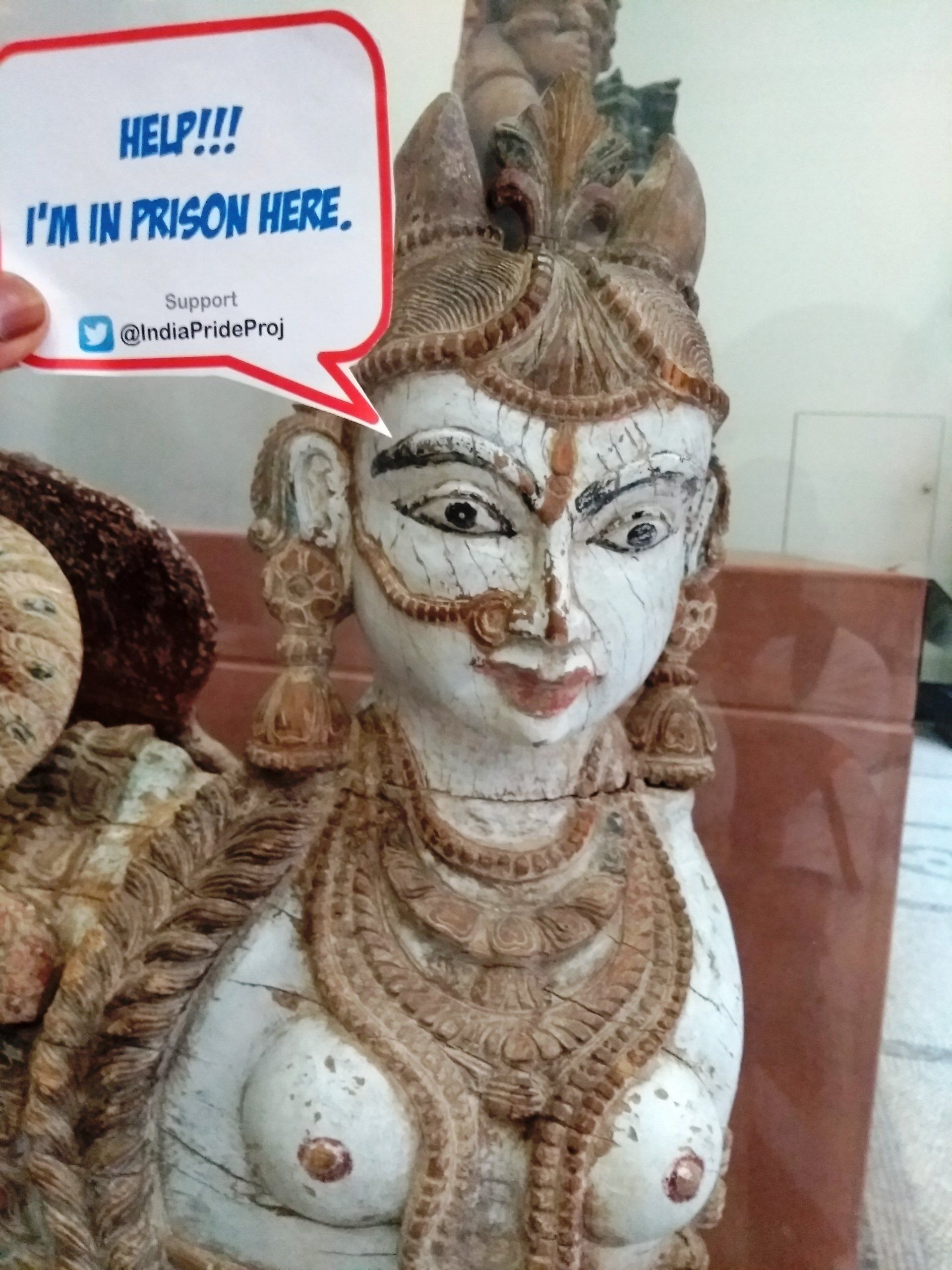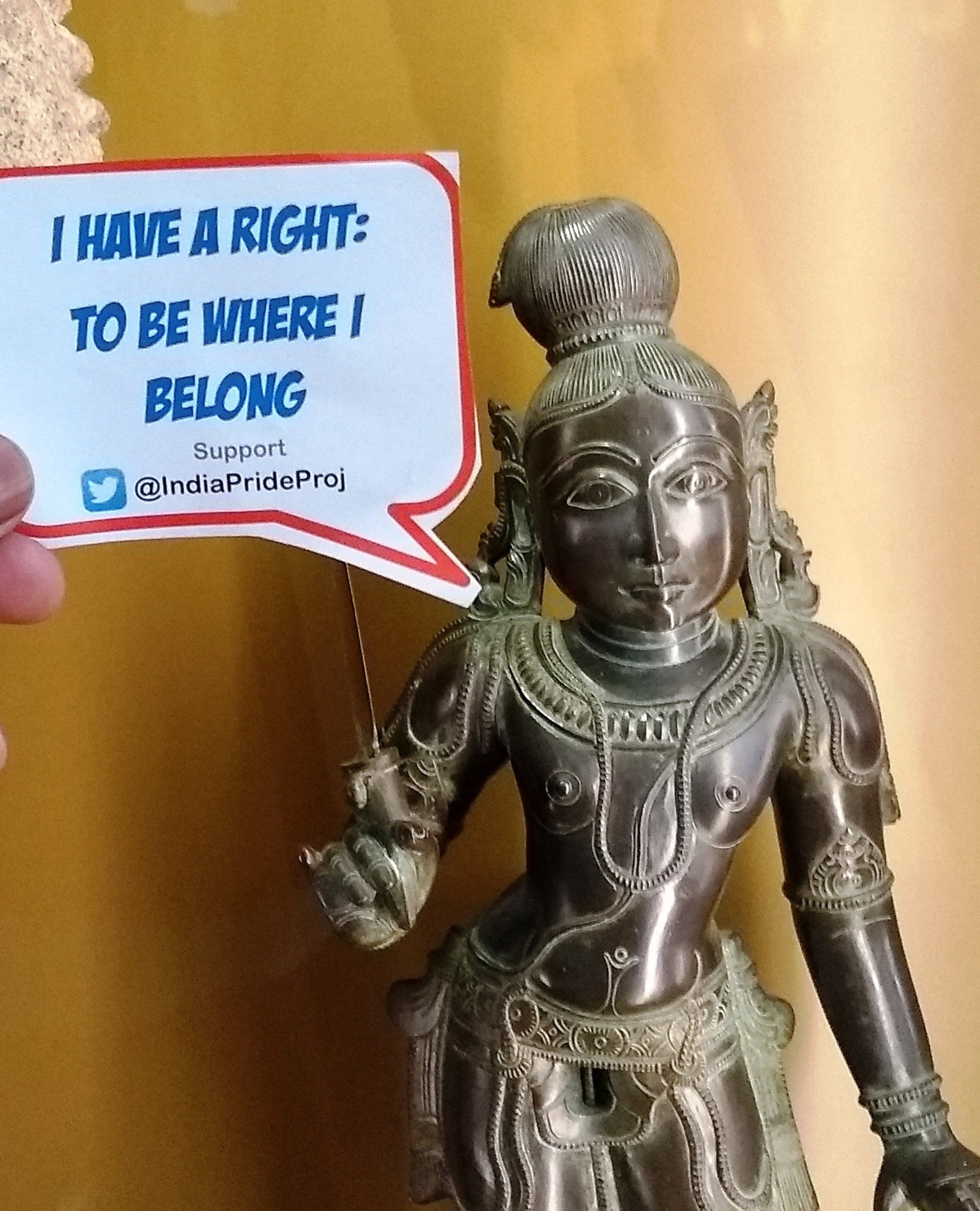Cultural Restitution
SHARE ARTICLE
A crowd-sourced, global network of volunteers is pressing foreign governments to return India’s cultural heritage. Unusually, their UK strategy is not to push for the return of individual objects. At least, not yet. Instead, they’re relying on Southeast Asian communities in Britain to apply pressure on the UK government, leading to restitutions in the future.
Why do they have such confidence that community pressure will be effective? Because “Indian votes matter in the UK”, said Anuraag Saxena, co-founder of the volunteer group called India Pride Project ('IPP') in a first UK interview with ReturningHeritage.com.
Saxena is a Singapore-based business leader and activist who’s been campaigning since 2013 to return India’s heritage. His movement has been gathering critical momentum among Indians and within their own government, with Saxena insisting “You haven’t really decolonized a nation, unless you’ve given back what’s theirs”.
But there’s a huge task ahead of them. Despite the enormous number of temple statues, jewels and other works of art looted by the British, Dutch and French while staking a claim over India during the colonial period, there have been few serious attempts to recover the country's plundered heritage. India still has limited heritage protection laws (a fact Saxena attributes to “bureaucratic apathy”), no official record of antiquities trafficked out of the country, and no solution in the public domain to recover looted artefacts. The only Antiquities Bill presently in force is severely outdated, while work on introducing a new law is yet to materialise. Saxena is keen to point out that throughout all the recent years of economic development, it was only ten years ago when India’s government started to take cultural restitution issues seriously.
Boasting “zero funds, zero employees and zero authority”, IPP has built its restitution campaign on the three building blocks of analysis, advocacy and awareness-building. It operates with about 280 volunteers, individuals and non-resident Indians all “frustrated that India’s heritage doesn’t get respect” and uses social media widely to identify and communicate the location of potential looted artefacts. Social media is then deployed again to galvanise support for the repatriation campaigns that follow.
With porous borders, India still remains in the front line of antiquities trafficking. The problem was highlighted dramatically two years ago when the law enforcement operation known as ‘Hidden Idol’ exposed a $100m trans-national smuggling ring operated by Subhash Kapoor, a Manhattan-based dealer of Indian origin. Kapoor is known routinely to have sold or donated stolen Indian artefacts to at least a dozen American museums.
“We’re not losing our heritage to either terrorists or to conquerors,” explains Saxena, “we’re losing it to our own people who are doing it for plain, simple greed”.
These recent assaults on India's cultural heritage explain why most of IPP’s repatriation successes to date have involved the recovery of objects stolen after 1947, the year of India’s independence. “It’s easier to have the conversation about post-1947 restitutions,” Saxena explains, "because it’s an easier door to open”. Nevertheless, IPP's efforts have so far contributed to the return of 28 major looted objects, mostly statues of Indian deities and all stolen from Indian temples since independence. The objects were discovered in Australian, Canadian, US and German collections by IPP volunteers, then the government of India applied pressure on those governments to return the objects to India.
But objects plundered during the colonial period pose a different set of untrodden challenges. Tens of thousands of objects were carried away between the 17th and 19th centuries by employees of Britain’s East India Company, whose conquest of India "remains the supreme act of corporate violence in world history", according to William Dalrymple. The scale of looting by Company officers and officials was unprecedented, even raising concern among British people while it was taking place. Speaking at the impeachment of Warren Hastings in 1788, Edmund Burke protested the Company did "nothing for India except asset-strip it".
India's plundered heritage disappeared into multiple public and private collections across the UK and after the Company’s own India Museum was dissolved, many were transferred either to the British Museum or to the South Kensington Museum (now the V&A). They remain some of this nation's greatest museum treasures and include Tipu's Tiger, an 18th century semi-automaton model of a tiger savaging an English soldier, removed from Tipu Sultan's palace in 1799 and now a major attraction in the V&A.
Looting and excavation for Indian treasures continued under British rule after control of Company activities passed to the British Crown. Major items removed from India during this period include the Amaravati Collection, the single most important group of Indian relief sculptures outside the subcontinent. These were removed from the Great Shrine of Amaravati, Guntur in the state of Andhra Pradesh by Sir Walter Elliot in the 1840s and were deposited in the British Museum in 1880.
Previous attempts by IPP to draw attention to looted Indian artefacts in UK public collections have been controversial. In 2018 they launched a social media campaign with images of Indian objects in the British Museum containing speech bubbles with statements like “How did I get here?” and “I’m a deity, not a showpiece”. However, that approach has been replaced with a different, more measured approach, which IPP now believes holds the key to future restitutions.
Unlike other countries contesting ownership of their looted heritage, IPP is in no hurry to request the return of individual objects or entire collections of objects. “The UK always expects requests rather than a conversation about rights”, Saxena told us. He would much rather the conversation focusses on the cause of why so many Indian objects were plundered from their country and why it’s morally right for them to be returned.
“The current generation of Britons is far more moral than their fathers were,” he explains. “If you continue to be proud of what your grandfather stole from mine, we must address that issue”.
Reframing morality takes time. Saxena told us that IPP has kick-started this conversation by launching a novel strategy reaching out to local Asian communities in the UK and engaging their support for future restitutions. He expects these conversations to come from “unlikely quarters” and to continue for at least the next three to five-years.
So, India is in it for the long game. They have no expectations of early results, especially from Britain's national collections as India's government has still made no formal requests to return any plundered colonial objects. But if Saxena is correct that the influence of the Indian voice in British politics is growing, we shouldn’t be surprised if Asian community pressure doesn’t convert into a shift in restitution policy over the longer term. This could well result in more Indian gods returning to their temples.
Photo: Detail from a limestone relief showing an image of the Great Shrine at Amaravati and the Buddha in bodily form. c. 250
Courtesy of © Trustees of the British Museum 2017
More News






